Tate, the British-American former kickboxer who has 8.7 million followers on the social media platform X, is facing charges in Romania, which he denies, of human trafficking, rape and forming a criminal gang to sexually exploit women. He has talked about hitting and choking women and has said he is “absolutely a misogynist”.
The bestselling author and Canadian academic, Jordan Peterson, is also seen favourably by 32% of 16 to 29-year-old men, compared with 12% among women of the same generation. Peterson speaks up for “demoralised young men” and says Tate offers “forthright aggression” as an alternative to “cringing defeat”.
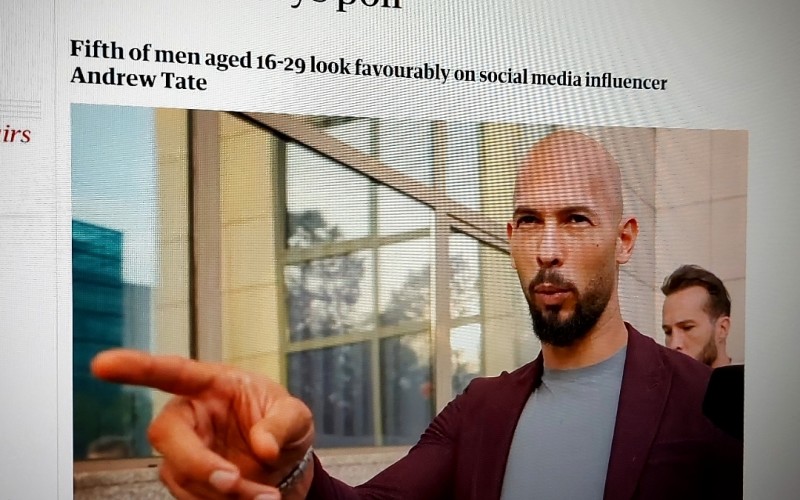
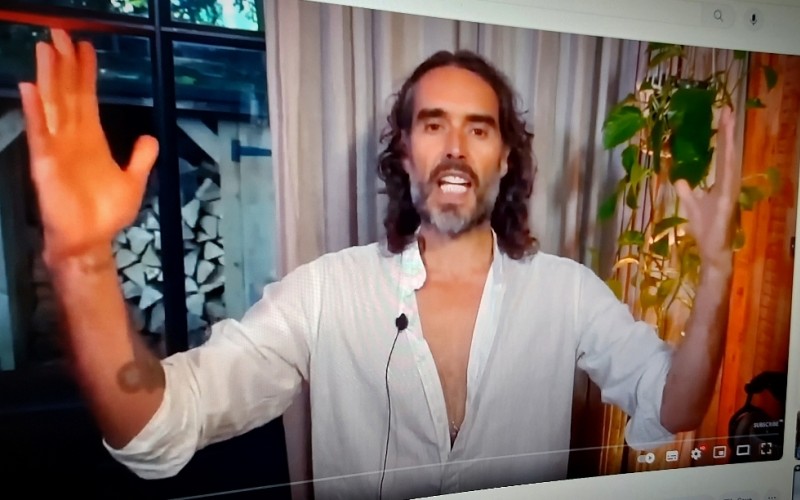
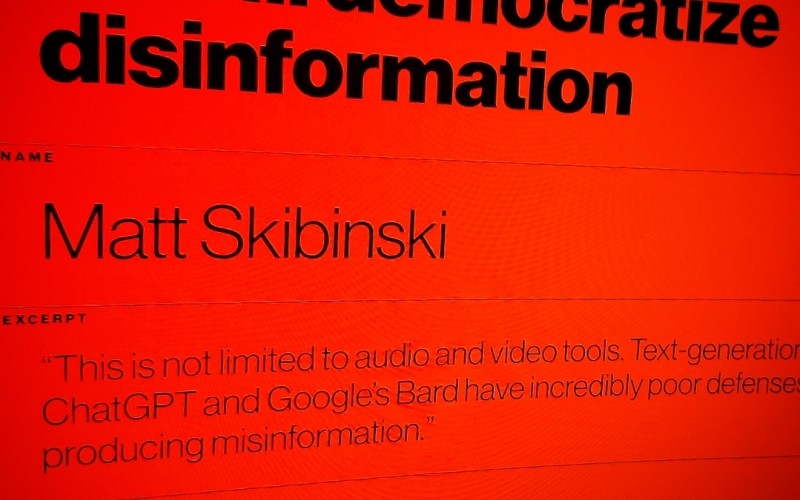
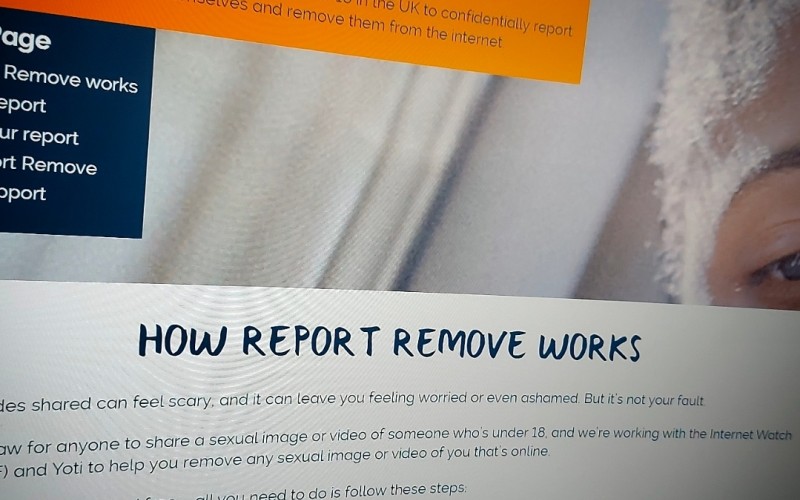
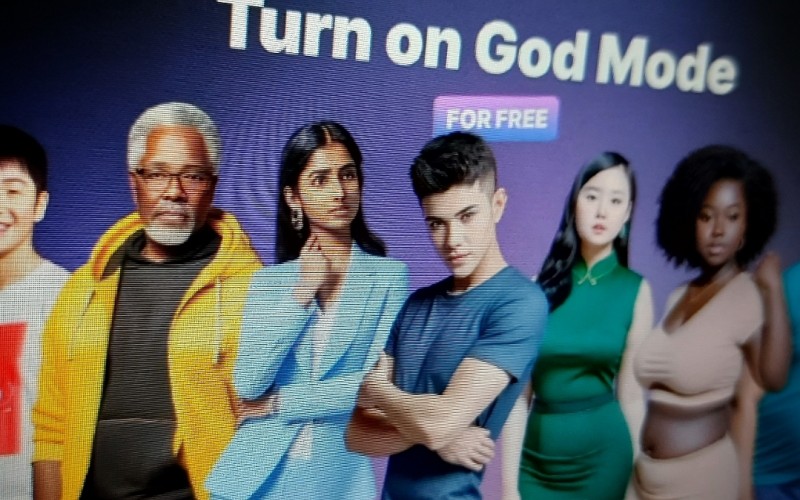
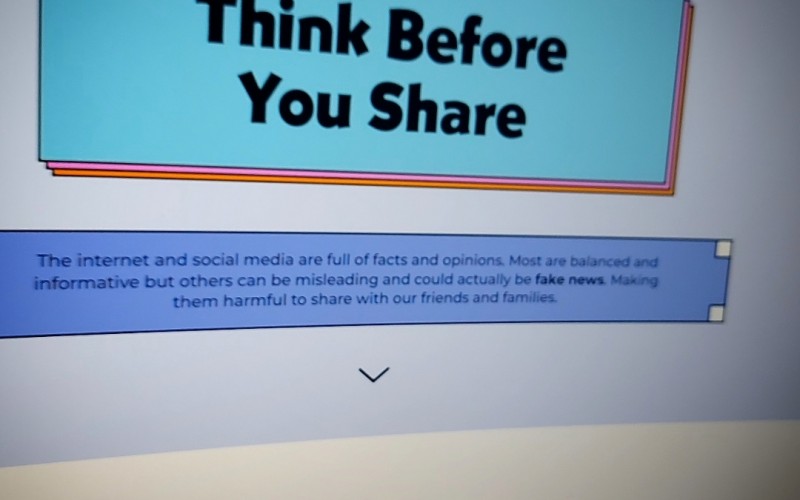
Comments
make a comment